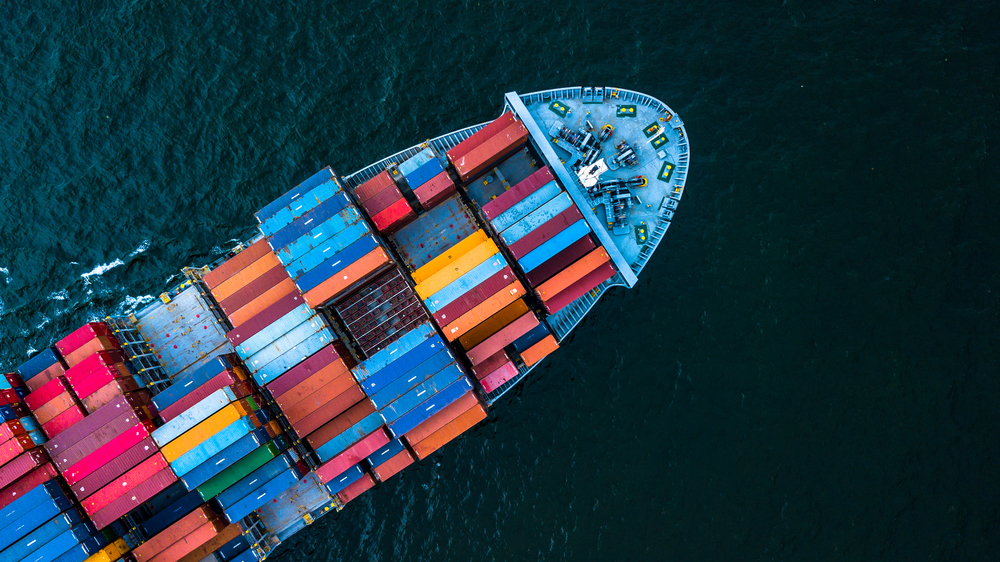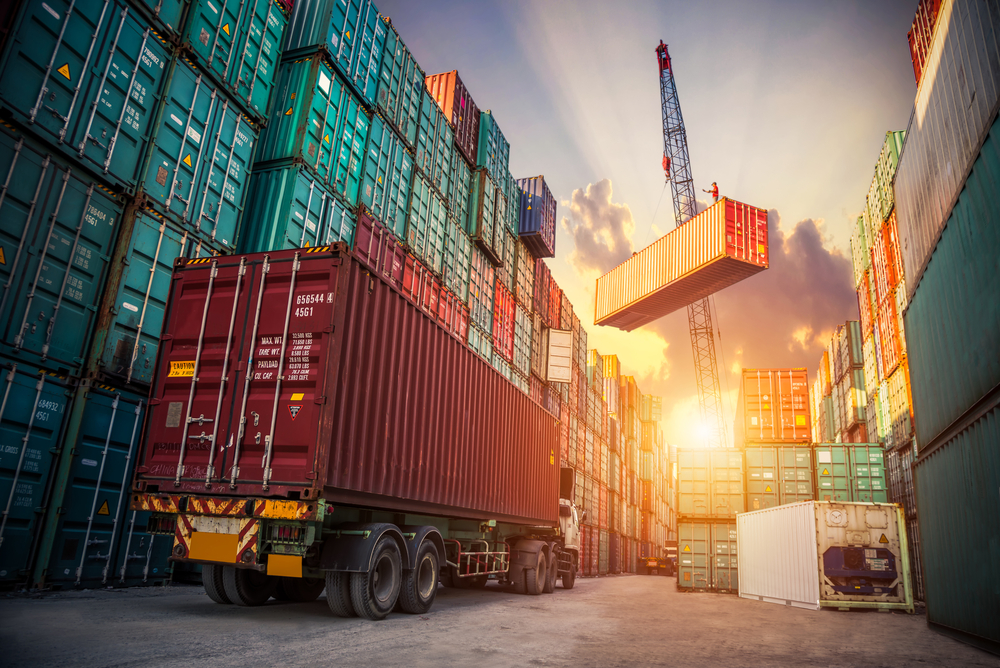Despite its recent recession, Brazil is still the largest consumer market in Latin America. With a diversified economy, the country was the ninth largest export market for U.S. products in 2020, according to the Bureau of Economic Analysis.
However, despite the good numbers, complex regulations and specific local requirements might present challenges to companies trying to do business in Brazil. Hence, businesses looking to find buyers in Brazil need to make their homework to achieve success.
If this is your case, you have come to the right place! In this post, you’ll find the key steps to doing in business in Brazil and how to start your trade relations with the second largest economy in the western hemisphere!
1. Get to know Brazilian main imports
First, you need to have an intimate knowledge of the market you’re entering.
The main products exported to Brazil come from the chemical industry (around 20%), especially crude petroleum and oils from bituminous minerals. Brazil is also a large buyer of machinery and equipment, including motor vehicles, parts, and accessories, besides communication and electronic materials.
Yet, the country’s main import products vary regularly, with products from diversified industries hitting the top lines. Metallurgical, medical-hospital, precision and industrial automation are just some of the examples.
Being one of the world’s largest agricultural producers, Brazil is also interested in machinery and technology for crop and livestock management.
2. Doing business in Brazil: identify prospects
There are several online tools for suppliers to find potential buyers in Brazil.
First, the Brazilian Government itself provides a platform for businesses trying to find buyers in Brazil. The Catalog for Brazilian importers is a list with the names of businesses that ever imported products to the country.
Besides that, the U.S. Government also helps businesses to get comprehensive and up-to-date information about the export potential of Brazil. Through the International Trade Administration website, businesses can have access to market research services and analysis of the Brazilian industries.
Lastly, by monitoring the movements of all imported goods to Brazil, businesses can have an accurate view of the current product demand of Brazilian companies. A global trade data platform can help you with that.
You can learn more by reading the 7 Sales Prospecting Mistakes you should avoid when trying to find new buyers.
3. Check the tariffs you’ll have to pay
Brazil’s import tariffs were recently reduced.
The tax cut reached 87% of the country’s tariffs. This measure was taken after a 10% reduction in tariffs in 2021 and it brought Brazilian import taxes closer to the international average, especially the ones from the countries at OCDE (Organization for Economic Cooperation and Development).
Generally, products from industries such as agricultural, fermented liquors, and computer equipment have higher tariffs. Nevertheless, it is possible to find some good opportunities for businesses.
Brazil is a member of the Mercosul, an economic agreement between South American countries including Argentina, Paraguay, Uruguay, and Venezuela. Member countries have benefits when trading with each other; also, Mercosul itself has custom agreements with other trade blocks, like the European Union and NAFTA.
To check current Brazilian import tariffs you can go to the World Trade Organization website.
4. Know the Brazilian import procedures
If you want to export your products to Brazil, you must know the import procedures of the country.
First, all documents must be sent through Siscomex (Integrated System of Global Trade). This is the platform that collects and integrates all of the information regarding an import to Brazil. Also, it is important to understand the administrative, tax, and financial treatment the intervening bodies give to the imported goods.
For some goods, for instance, there might be special tariffs and preferences (read more about “Ex-Tarfifários“).
Once you have the general information about the procedures to follow when selling products to Brazil, all you need to do is follow these steps:
- Issue the proforma invoice: that is the first document you must issue, containing info such as the price, international purchase, payment and sales conditions, besides freight and insurance data;
- Send all the documentation to the buyer: the importer in Brazil must be registered by RADAR (Brazilian’s Customs Acting Tracking System). Depending on the product you are selling to Brazil, the importer must have a special license;
- Carry out the bank procedure: while the goods are shipped at origin, the bank procedures regarding the exchange contract should be carried out, as should the international documentation and requirements of the country of origin;
- Pay the taxes and duties: lastly, the taxes and duties that affect the operation must be paid so the cargo is released when it arrives in Brazil.
5. Prepare your packages and labels
Another important thing to consider when doing business in Brazil is the Brazilian requirements for packaging and labeling.
The packages and labels of the international products entering Brazil should respect the Brazilian Consumer Good code approved in 1990.
According to the Santander Trade website, “the packaged product should offer the consumer correct, legible, clear and precise information on quality, quantity, composition, price, guarantee, origin, date of expiry and health and safety risks”.
6. Choose how to ship your products
The first thing you should take into account is that Brazil has a continental territory.
Nevertheless, the country has borders with all South American countries — if your products are coming from one of these countries, then road transportation might serve your needs.
Otherwise, shipping your products by air or sea should be a better option, the latter being the most common method of transportation for import transactions. Ocean transport is regularly used even from countries in South America, depending on where you need to send your products to.
7. Get the documentation ready
For you to be fully prepared when doing business in Brazil, below you will find a list of the documents required to allow the entry of merchandise into the country:
- Commercial invoice;
- Bill of Lading (for maritime modal), Airway Bill (transport by air), or Road Transport Bill (in case of entry by land border);
- Packing List containing the description, quantity, brands, numbers, and models of the goods to be transported;
- Certificate of Origin;
- Inspection Certificate and the International Cargo Insurance (only for CIF or CIP Incoterms).
Wrapping up
Brazil offers a great opportunity for companies trying to expand their markets. If you are trying to sell products in Brazil, the tips above are a good place to start.
Of course, having the right data in hand can put your company ahead when doing business in Brazil. A global trade data platform can tell you which companies are currently importing what you are selling to Brazil, and give you information about how to make the best proposal.
Need help doing business in Brazil? Get to know how Logcomex can help you when trying to find buyers in the Brazilian market!


